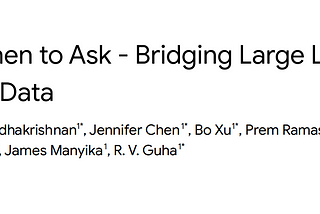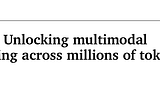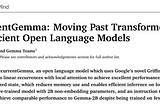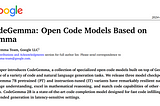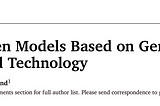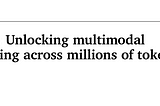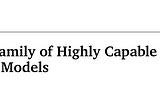Dec 9, 2024
12 stories
4 saves
Improves upon its predecessor by using more advanced language models from the Gemma 2 family while retaining the original vision encoder, leading to better performance across various tasks and exploring new tasks.
A set of models that aims to reduce hallucinations in LLMs by grounding them in the factual data of Google's Data Commons, allowing users to ask questions in natural language and receive responses based on verified information from trusted sources.
A comprehensive suite of LLM-based safety content moderation models ranging from 2B to 27B parameters built upon Gemma2 that provide predictions of safety risks across key harm types (sexually explicit, dangerous content, harassment, hate speech) in both user input and LLM-generated output.
Proposes a scalable, yet accurate, proposition segmentation model by modeling Proposition segmentation as a supervised task by training LLMs on existing annotated datasets.
Combines SigLIP vision model and the Gemma language model and follows the PaLI-3 training recipe to achieve strong performance on various vision-language tasks.
Utilizes interleaving local-global attentions and group-query attention, trained with knowledge distillation instead of next token prediction to achieve competitive performance comparable with larger models.
A more lightweight variant of the Gemini 1.5 pro, designed for efficiency with minimal regression in quality, making it suitable for applications where compute resources are limited.
Based on Griffin, uses a combination of linear recurrences and local attention instead of global attention to model long sequences efficiently.
Open code models based on Gemma models by further training on over 500 billion tokens of primarily code
A family of 2B and 7B, state-of-the-art language models based on Google's Gemini models, offering advancements in language understanding, reasoning, and safety.
A highly compute-efficient multimodal mixture-of-experts model that excels in long-context retrieval tasks and understanding across text, video, and audio modalities.
A family of highly capable multi-modal models, trained jointly across image, audio, video, and text data for the purpose of building a model with strong generalist capabilities across modalities.



